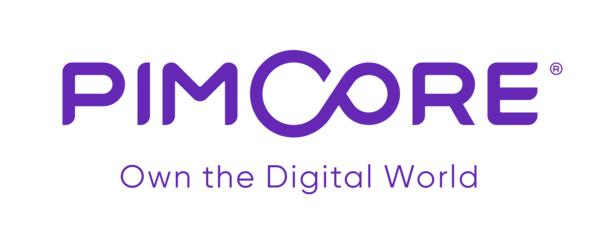
Why we use Pimcore
The landscape for online publishing platforms has evolved considerably in the last decade, and there really are too many choices. Licence costs range from zero to thousands of euros a month, while usability, functionality and technical requirements span an even wider range.
We are committed to a primary reliance on open-source technologies for cost-effectiveness, stability, performance and security. At the same time, the diversity and evolution of the landscape requires considerable vetting and weighing of technical platforms.
Our choice of Pimcore as a main technological foundation is the result of longstanding practical experience with, and evaluation of, digital publishing systems. We have experience with many other popular platforms - such as Drupal, Typo3, Wordpress, Optimizely (Episerver), Joomla, Ibexa, Wix and Squarespace - and it is in comparison with these that Pimcore comes out on top.

Open source with strong corporate backing
Developed and maintained by the Austrian company Pimcore GmbH, Pimcore has a global network of partners which together with its core team releases frequent and regular updates. The open-source Community Edition is provided without licence cost, while the Enterprise edition caters to larger organisations with comprehensive needs. A Cloud Edition is also available.
Based on the Symfony framework, the platform is free from vendor lock-in. In addition to dedicated partners, any agency with Symfony proficiency can contribute to further development.
Pimcore for small but diverse organisations
Although it is an enterprise-level platform, the Pimcore Community Edition is lightweight and can be hosted on modest virtual private servers (VPS) as well as cloud installations. It is easily scalable and can be extended by search technologies such as Elasticsearch or OpenSearch.
For small-to-medium (SMB) organisations, the Community Edition is more than sufficient and requires no internal IT team. This applies to most of our clients.
User management and access rights are fully customisable but also easy to define and implement. It is easy to support intranets, extranets, public websites and custom services from a single central location.

Customisation and standards compliance
Pimcore offers complete control over the end product, and customisation is only limited by developer skill and budget. For websites, Pimcore makes it easy to apply best practices ensuring that usability, accessibility and device optimisation is included from scratch.
A comprehensive platform, but especially suitable for science
In addition to providing an advanced content management system (CMS), Pimcore is an application platform for managing digital experiences (DXP), assets and media (DAM), customer/member data and relations (CRM), product information (PIM) and e-commerce.
Its built-in data object management makes it suitable for custom database applications and apps such as catalogues, publications, event management systems and online courses. It can also be combined with e-commerce, for example for digital or knowledge and training products.
Asset management functionality makes it easy to configure and maintain media and document libraries supporting text, image and video formats as well as file indexing, search and preview.
Versioning of all content types is built-in, and publishing workflows are straightforward to define and implement.
Pimcore's Data Hub and Data Importer plugins allow for integration with nearly any third-party system or data source, such as feeds and public APIs. Conversely, Pimcore can function as a headless system that serves as a data and metadata repository accessed by an external channel.
For multilingual systems, Pimcore provides functionality for maintaining, coordinating and publishing content in different languages across different channels, and provides a multilingual admin interface.
Conclusion
We have not found any other open-source platform that combines the same level of functionality, flexibility, quality and performance as Pimcore. It is very well suited to organisations that manage not only diverse types of content, services and publications, but also consist of multiple and sometimes overlapping teams with international members and audiences.
That is why the Syper Platform is built on Pimcore.